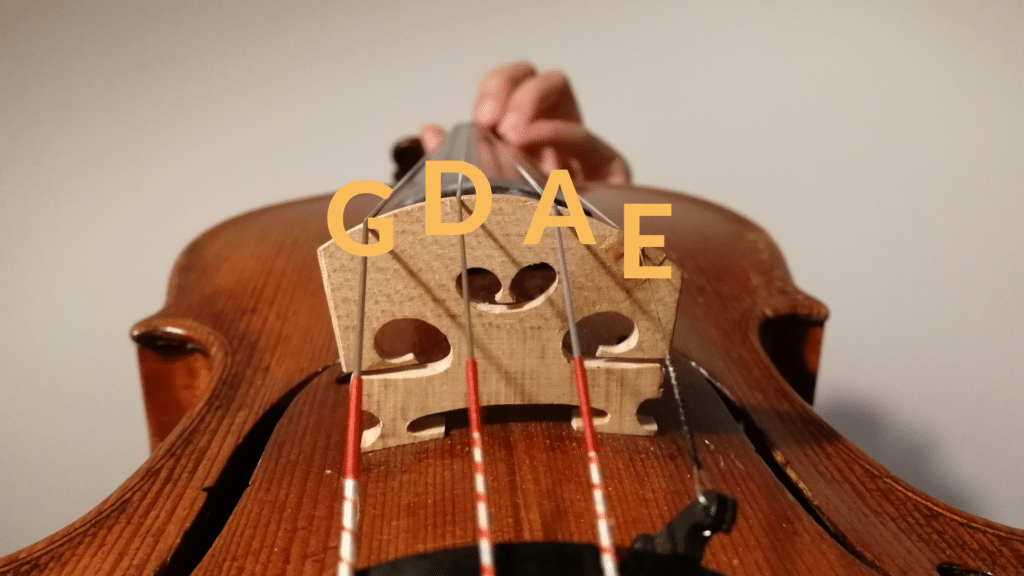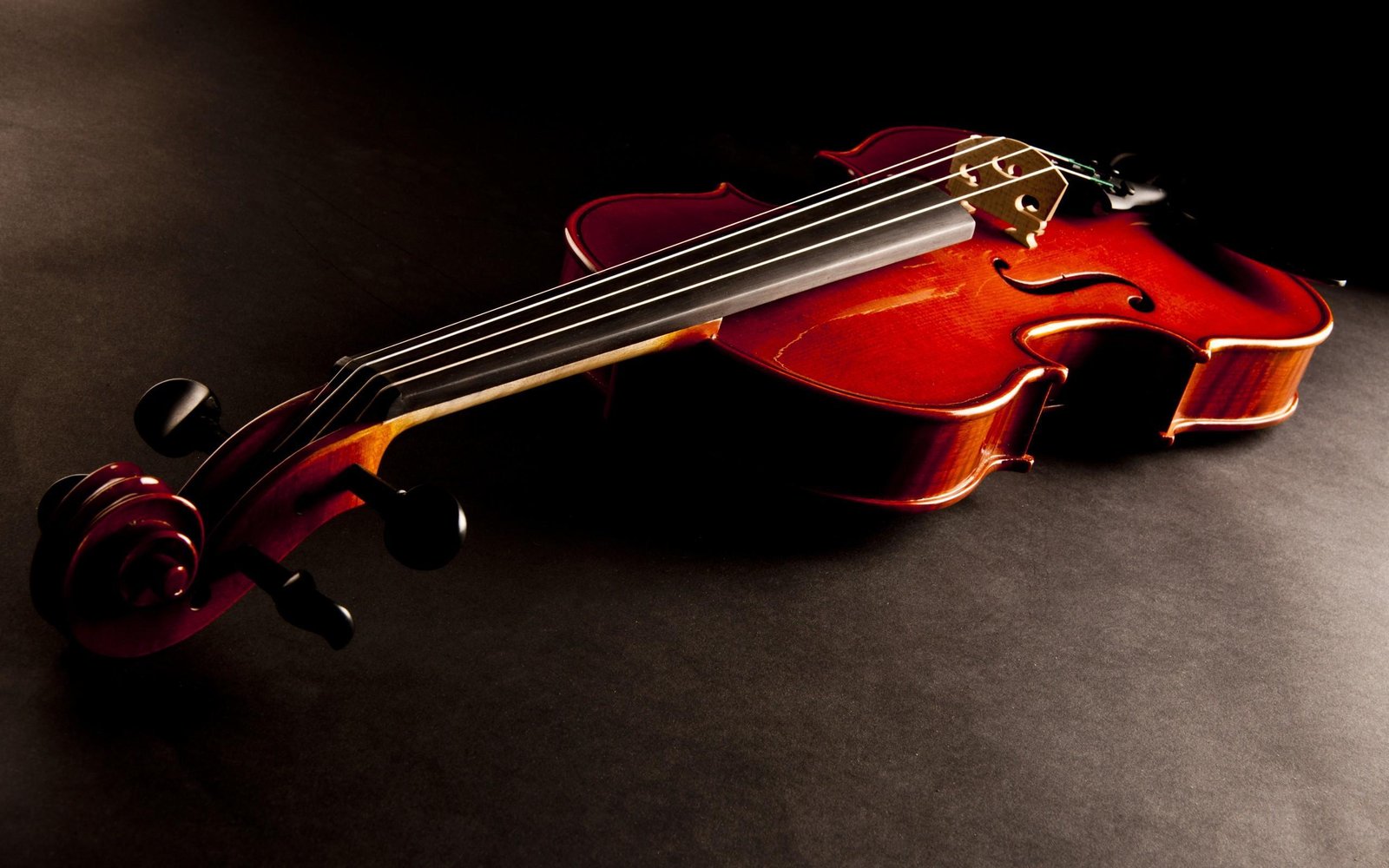Introduction
The string quartet stands as one of the most commonly loved collections of a few musicians. Four musicians construct a string quartet that includes players of traditional string instruments. The four instruments combine to produce warm and rich emotional musical patterns. String quartets appear at classical concerts in addition to weddings and also at parties, creating beautiful music.
Our organization dedicates itself to presenting the enchanting nature of string quartets through professional musician performances. This blog will explain the instruments that form a string quartet along with their duties and the perfect mechanics of their sound fusion.
The Four Instruments in a String Quartet
A quartet group uses four unique string instruments for its presentation. The four instruments of the group bring distinct characters that add flavor to collective musical tones.
1. First Violin
The main melody task falls to the first violin instrument. As the main instrument the first violin delivers the principal melody with both quality and stunning brightness. The first violinist needs both talent and self-assurance to guide the ensemble as the musical leader.
2. Second Violin
The second violin section performs a mix of notes including higher pitches but usually stays behind in delivering strong melodies. The second violin contributes harmony while deepening the soundtrack when playing alongside the first violin. When circumstances allow the second violin emerges with short melodic intervals that become the forefront instrument. The second violin supplements the music structure by giving it a fuller expression.
3. Viola
The violin and viola share a similar size, with the viola operating between violin and cello ranges. The instrument produces a gentle and warm resonance that joins the bright violin tones to the cello’s lower pitches. Although many people do not recognize its value, the viola stays fundamental for obtaining musical equilibrium.
4. Cello
Among the group of instruments the cello stands as the largest due to its sound reaching the lowest frequencies. Bombastic low tones emerge from the cello as it executes the bass line functions. Alongside the emotional or slower sections the cello expresses beautiful melodies that shine through its musical expression.
Why These Four Instruments?
The four musical instruments present themselves across a complete auditory spectrum from intense upper notes to somber lower frequencies. The extensive sound spectrum of these four instruments produces complete musical expression thus string quartets gain their popularity among composers and listeners.
Haydn and Beethoven together with other composers found preference in this balanced combination leading them to create their musical masterpieces dedicated for string quartets. Even with only four musicians these instruments produce extremely passionate and intense musical sounds.
How They Work as a Team
Every musician needs to focus on their audio input for responding during musical performances with their peers. Performing music consists of more than playing notes since it functions as a musical dialogue between musicians.
- The first violin usually leads with the melody.
- The second violin supports with harmony and balance.
- The viola contributes warm middle tones.
- The cello grounds the group with rhythm and low-end support.
Together, they play as one. This teamwork is what gives a string quartet its magical sound.
Real Solo Instruments
When playing individually, every instrument of a string quartet maintains its quality as a solo instrument. Their ability to function independently makes these instruments the only real sole instruments. Despite functioning alone a solo violin or cello reminds hearts and narrates stories in musical form.
Joint musical projects at MajorStrings combine ensemble performances with outstanding solo activities by our musicians.
Why String Quartets Are Special
String quartets possess unique characteristics that differentiate them from other ensembles:
Legacy: Renowned composers such as Haydn, Mozart, and Beethoven specifically wrote pieces for string quartets.
Expression: They have the ability to convey a diverse array of emotions—from happiness and sorrow to tranquility and exhilaration.
Scale: Their compact arrangement enables them to perform in smaller venues while still ensuring clear sound.
Harmony: With a combination of high, middle, and low pitches, the overall sound remains rich and fulfilling.
We respect this heritage while infusing a contemporary flair into each performance.
Music Styles for a String Quartet
String quartets have the capability to perform music beyond just classical compositions. The ensemble proves to be highly versatile through its ability to deliver the following musical styles and more:
- Classical pieces by renowned composers
- Pop hits arranged for strings
- Wedding favorites
- Movie and TV show themes
- Soft background music for events
Because of their adaptability, string quartets enhance a wide range of settings and events.
Our Style at MajorStrings
We go beyond simply performing. We create meaningful moments with music. Here’s what makes us different:
Skilled Musicians: Each performer brings formal training and real-world experience.
Custom Arrangements: We tailor songs to match each event and client’s vision.
Event Expertise: From weddings to large productions, we’re ready.
Passion for Strings: You can hear our love for music in every note we play.
We also make sure our blogs link to one another. This one connects with our post on String Quartet Wedding Music, giving readers an easy way to explore more.
Extra Fun Facts About Each Instrument
Fun Facts About the Violin
- The violin has four strings.
- It’s the smallest instrument in the quartet.
- Many musicians start learning it at a young age.
Fun Facts About the Viola
- It’s tuned a fifth lower than the violin.
- Some people call it the “hidden voice” of the group.
Fun Facts About the Cello
- It’s played while seated.
- Its tone is often described as deep and expressive.
- Many film scores use cello to create emotion.
Conclusion
A traditional string quartet consists of two violins, a viola, and a cello. When played together, they create music that is both vibrant and profoundly emotional. Each instrument offers its own distinct qualities, but it is the blend of their sounds that generates enchantment. At MajorStrings, we embody this cherished tradition with passion and expertise. Whether it’s for weddings, concerts, or celebrations, a string quartet brings an unforgettable allure.




